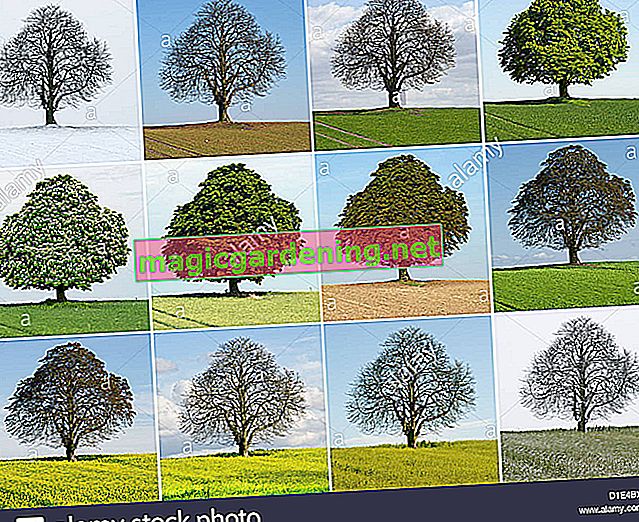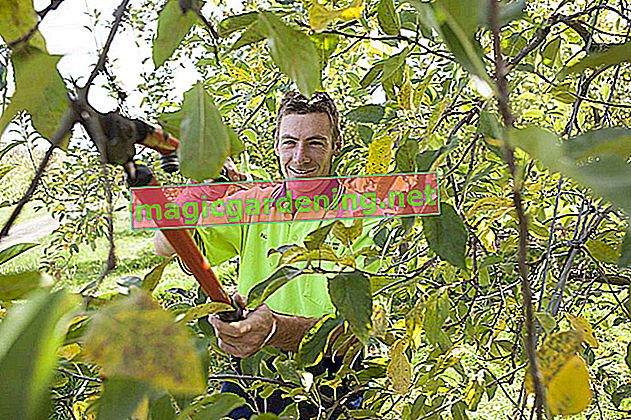
Hydrangeas: easy-care shrubs with beguiling flowers
If the hydrangea is not cut back regularly, it can grow to a size of at least two meters. This makes many varieties ideal as a flowering, informal hedge plant. The hydrangea hedge requires less care than many other plantings and sets romantic accents with the numerous large flower balls. Unlike other hedges, you hardly need to cut this green privacy screen. It is enough to break out the faded umbels and water the water-hungry hydrangea if necessary.
also read
- Hydrangea growth: how big and wide is the hydrangea?
- Which hydrangeas are allowed to be cut in summer?
- What size can hydrangeas reach?
The climbing hydrangea aims high
The climbing hydrangea, which belongs to the group of self-climbers and which does not use a climbing aid, grows particularly large in fences, trees or bare house walls. Compatible with shade, this hydrangea thrives well in both partial and full shade. Due to its gnarled growth and the attractive autumn color, a large climbing hydrangea sets attractive garden accents all year round. From June onwards it adorns itself with beautiful white marginal flowers, which stand out very nicely from the glossy dark green foliage. The rather flat umbels are very large and have a pleasantly sweet smell. The climbing hydrangea can grow up to seven meters in height.
What to do if the hydrangea has grown too big
If the hydrangea has grown too big, you can shorten the shrub considerably and thereby rejuvenate it. However, the hydrangea does not bloom in the year of pruning, as you inevitably have to remove the flower roots.
Alternatively, you can cut a hydrangea that has grown too large in stages and only cut some of the old branches back to about 50 centimeters. This rejuvenates the bush, but you don't have to do without the attractive floral decorations.
Tips & Tricks
Since the climbing hydrangea grows very large, it can gain considerable weight. That is why it is advisable, despite the numerous adhesive roots, to attach a supportive climbing aid that bears the weight of the hydrangea.








